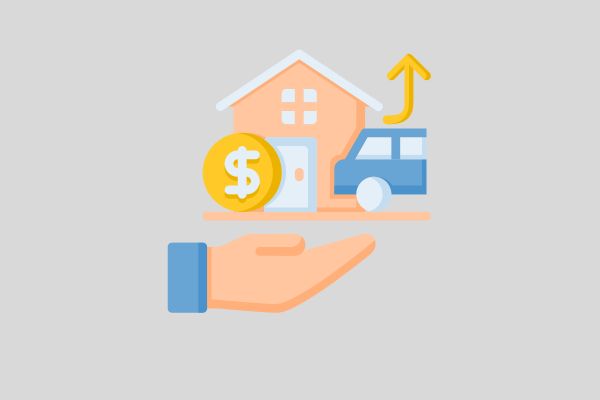How to Determine the Actual Value of Physical Assets of Public Service Providers Transforming into Joint Stock Companies by the Asset Method?
How to Determine the Actual Value of Tangible Assets of a Public Service Provider Converted into a Joint Stock Company by the Asset Method?
Based on Article 9 of Circular 111/2020/TT-BTC, the determination of the actual value of tangible assets of a public service provider is regulated as follows:
- Public assets that are not included in the value of the public service provider being converted and assigned to the enterprise converted from the public service provider for management and use will not be re-evaluated.
- Only assets that the joint stock company continues to use will be re-evaluated.
- The actual value of the asset equals (=) the original cost calculated based on the market price of new assets at the time of valuation multiplied by (x) the remaining quality of the asset at the time of valuation. Specifically:
+ The market price of new assets is the price of similar new assets available for purchase and sale on the market, including transportation and installation costs (if any). For unique assets not available on the market, the purchase price of the asset is calculated according to the purchase price of an equivalent asset, from the same country of production, with the same capacity or similar features. If there is no equivalent asset, it is calculated according to the asset value recorded in the accounting books (including assets acquired or purchased using foreign currency).
For buildings and constructions: The market price is the basic construction unit price, investment rate determined by the competent authority at the nearest time to the value determination time. If there is no regulation, the book value is adjusted considering the construction price inflation.
For buildings and constructions completed within 3 years before the valuation time, the construction settlement value approved by the competent authority is used. If the project is not yet approved for settlement but is in use, it is temporarily calculated based on the accounting book value according to Circular 45/2018/TT-BTC.
For specific constructions where the scale or construction unit price cannot be determined: The original book cost is considered taking into account the price inflation factor, minus depreciation value at the valuation time.
+ The remaining quality of the asset is determined as a percentage compared to the quality of a newly purchased (or newly constructed) similar asset, in accordance with state regulations on safety conditions in usage and operation, ensuring product quality, and environmental sanitation as directed by industry economic-technical management ministries; but not lower than 20% of the value of a newly purchased (or newly constructed) similar asset under Clause 2, Article 24 of Decree 150/2020/ND-CP.
- Fully depreciated fixed assets and tools used by the joint stock company must be re-evaluated and included in the value of the converted public service provider based on a principle of not lower than 20% of the value of newly purchased tools.
- For convertible public service providers with tangible assets like planted forests, orchards, the value of the public service provider is determined according to Joint Circular 17/2015/TTLT-BNNPTNT-BTC.

How to determine the actual value of tangible assets of a public service provider converted into a joint stock company by the asset method?
What is the Asset Method in Determining the Value of a Public Service Provider Converted into a Joint Stock Company?
Based on Clause 1, Article 22 of Decree 150/2020/ND-CP, the asset method is mandatory when a public service provider and consulting organization determine the value of the converted public service provider.
The asset method is the obligatory method used to determine the actual value of the public service provider and the actual value of state capital in the public service provider.
This method is implemented based on the following:
- Decision and asset transfer record from the owner to the public service provider undergoing conversion (if any), audited financial statements, and accounting book data of the unit at the value determination time;
- Inventory, classification, and quality evaluation documents of the unit at the valuation time;
- Market price of assets at the valuation time of the public service provider.
How is the Value of a Public Service Provider Converted by the Asset Method Determined?
According to Article 23 of Decree 150/2020/ND-CP, the regulation is as follows:
The value of a public service provider converted by the asset method
1. The actual value of the converted public service provider is the total value of all assets of the unit at the valuation time after re-evaluation, including the brand value of the public service provider (if any). The brand value of the public service provider is determined according to regulations on the management and use of public property and guidance from the Ministry of Finance.
2. The actual value of state capital at the public service provider equals the actual value of the unit minus (-) actual payable debts, reward, welfare funds, income supplement fund for employees of the public service provider, contributions from organizations, individuals. Actual payable debt is the total value of payable debts minus (-) non-payable debts. The Ministry of Finance provides specific guidance on this content.
The actual value of the converted public service provider by the asset method is the total value of all unit assets at the time of determining unit value after re-evaluation, including the brand value of the public service provider.
The actual value of state capital at the public service provider equals the actual unit value minus the actual payable debts, reward and welfare funds, income supplement fund for employees of the public service provider, contributions from organizations and individuals.
LawNet